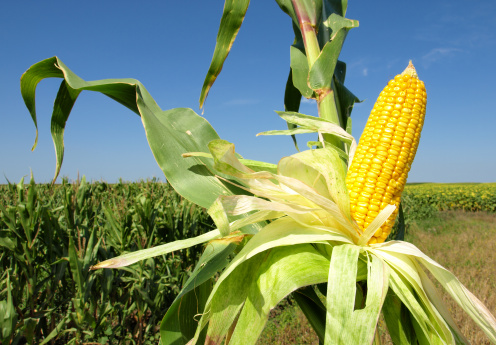Starch And Sugar Processing


Since the start of 19th century starch has been broken down to glucose with the use of acids. With the advent of enzymes, starch hydrolysis has moved away from acids to enzymes. Enzymatic starch conversion depends upon the enzymes used and physical properties of starch used in conversion process. The process can be broadly classified into two steps viz. Liquefaction and Saccharification.
In liquefaction a starch suspension containing 40-45% dry matter is gelatinised by raising the temperature to steam levels and then liquefied by addition of enzymes. Thermostable Alpha amylases hydrolyze the starch matter to maltodextrin which contain mainly oligosaccharides and dextrins. Maltodextrin’s are further converted in the next step called Saccharification.
Saccharification is carried with the help glucoamylase enzymes which can hydrolyse starch completely to glucose along with maltose and isomaltose as by-products.
Xylanase Enzyme may be used in the liquefaction process to reduce viscosity of the mash by breaking down xylan’s which are native hemicelluloses in plant matter.
Dextranase Enzymes are used in Sugar Cane industry for hydrolysis of Dextrans which pose many fundamental problems in processing of cane and extraction of juice.
STARCH ENZYMES


